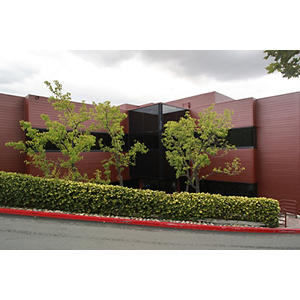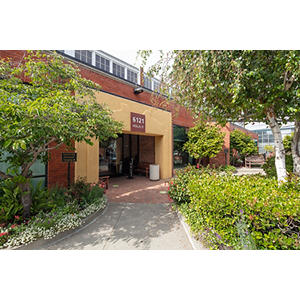Elizabeth Talley, MD
Clinical Associate Professor
Pediatric Nephrology
“The art of medicine is taking care of people and truly listening to them.”
My Approach
Medicine is two things to me: It’s a science, which can be taught, and an art, which is very hard to teach. The art of medicine is taking care of people and truly listening to them.
What I really love most about my job is working with patients and their families. Even though there are many times where I can’t change the situation or take the disease away, I want families to know that I’ll always be there to walk them through tough situations and to support them. Knowing that someone truly cares about your child makes all the difference.
I feel so blessed that I get to make such a positive difference in a young person’s life. One of my patients who had a kidney transplant just graduated from eighth grade. I went to her graduation ceremony, and she thanked me for always being there for her and supporting her. Knowing that I’m able to help in that way is truly rewarding. It doesn’t get much better than that.
Locations


Conditions
Idiopathic Intracranial Hypertension
Kidney Transplant
Pulmonary Hypertension
Wilms Tumor
Work and Education
University of Kansas School of Medicine, Kansas City, KS, 06/01/2002
Children's Hospital of Oakland, Oakland, CA, 06/30/2005
Stanford University Pediatric Nephrology Fellowship, Stanford, CA, 06/30/2009
Pediatrics, American Board of Pediatrics, 2005
Pediatric Nephrology, American Board of Pediatrics, 2016
Languages
English

Connect with us:
Download our App: